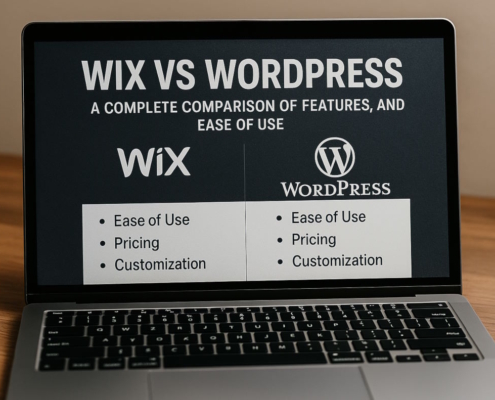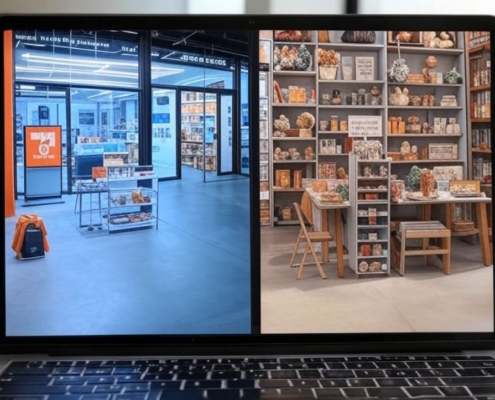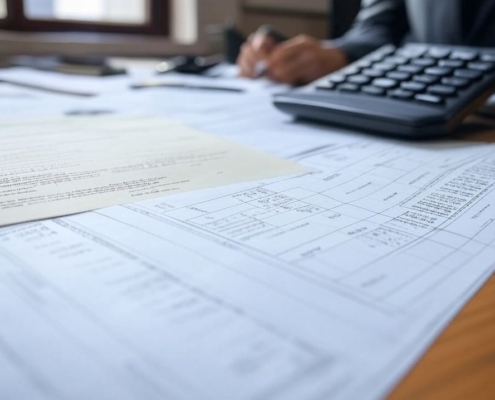Definition of Redesign
A redesign is a reorganization or visual makeover of an already-existing website. A redesign largely concerns itself with layout, whereas a relaunch concentrates on technological tweaks and content reorganization. Technical characteristics are not altered, unlike when a new CMS or URL is used. Redesigning your website can assist you in introducing new company design concepts or enhancing the user experience and usability of your existing website.
Potential motives for the redesign
A website redesign may be necessary for a number of reasons, but user experience is the main driver. The principal concerns are:
1. Poor website design
A person’s mood and behavior can be influenced by the shapes, colors, and typefaces used. For this reason, every marketing move might be compromised by an unappealing design. If they don’t find the website interesting, they usually quit within seconds.
2. Poor usability
Many visitors to your site are looking for specific information or want to make a transaction. They may leave if the website has a disorganized design which renders it hard to browse and locate the information you want. For this reason, a website needs to have unambiguous navigation, a well-defined structure, and decent usability. A redesign can accomplish all of the above objectives.
3. The website is no longer compliant with modern web standards.
One of the primary justifications for an internet site overhaul is this. Search engine optimization and all other marketing initiatives are negatively impacted by an out-of-date online presence, as is the perception of the standard of your goods and services. Customers may decide not to purchase from your online store if it lacks a professional appearance and an organized layout.
Objectives of the Redesign
A redesign of a website can be used to achieve a variety of objectives. One objective can be to have the website look more contemporary and modern without requiring a lot of effort or work, or it might be to improve usability. A website’s style and appearance are the primary focus of a redesign, but it can also significantly affect other areas. One way to boost a visitor’s readiness to buy is by rearranging the visual aspects of the page to highlight certain products.
Redesigning your website to improve its layout might also help with the length of stay. Having a visually appealing and intuitive design increases user comfort and lengthens visitors’ time on your site.
A higher CTR (click-through rate) can also result from revamping buttons alongside other visual components on a website. CTR calculates the relationship between clicks on advertisements, buttons, links, and website impressions. A CTR of 30% is achieved if 30 of the 100 site visitors click on a component of this type. It is better if the CTR is higher.
Branding is another area that may need some improvement. A website that is visually appealing might help customers identify your business more strongly.
Steps involved in the process of redesign
Three stages comprise the redesign process:
1. Establishing objectives (What is it that you hope to accomplish through a redesign?)
Setting clear objectives before you begin website redesigning will help you save time and money. Do you wish the website to be current and adhere to the most recent guidelines? Is there a new demographic that it should address? It is easier to put your goals into action if they are more precise and grounded in reality. You can start looking for practical answers as soon as the goals are clear.
2. With whom should the new website be designed?
In search of a designer, you have a variety of possibilities based on your financial constraints. Employing a design firm is an option if your business lacks in-house website builders and designers. Website design companies typically work with a group of experts who can manage every one of your specifications and create the exact website you want.
3. The actual approach to redesign
A modern website’s design usually consists of the following steps:
- A basic schematic of the newly constructed website is called wire-framing.
- Making the page model, which serves as the final design’s framework
- Programming: The website’s new design is programmed by the developer.
- Add content: Text and multimedia material are added to the website to enhance its content.
- User testing is the final phase, where users’ reactions to the updated design are monitored.
Both the degree of your involvement and the degree of autonomy you wish to grant the designers are up to you during the actual process of designing.
Risks and Opportunities
Redesigning a website can have a big impact. You may differentiate yourself from your rivals and offer your clients more value with a technically flawless performance and an eye-catching, contemporary design. Also, it can enhance user engagement, which raises the possibility that users will become clients. Redesigning a website carries some risk for marketing and SEO, though, if the layout is badly thought out and executed. Rankings in search engines and intuitiveness can be adversely affected by programming flaws, semantically erroneous code in HTML, and other abnormalities, which can also result in a decrease in the total number of visitors.































